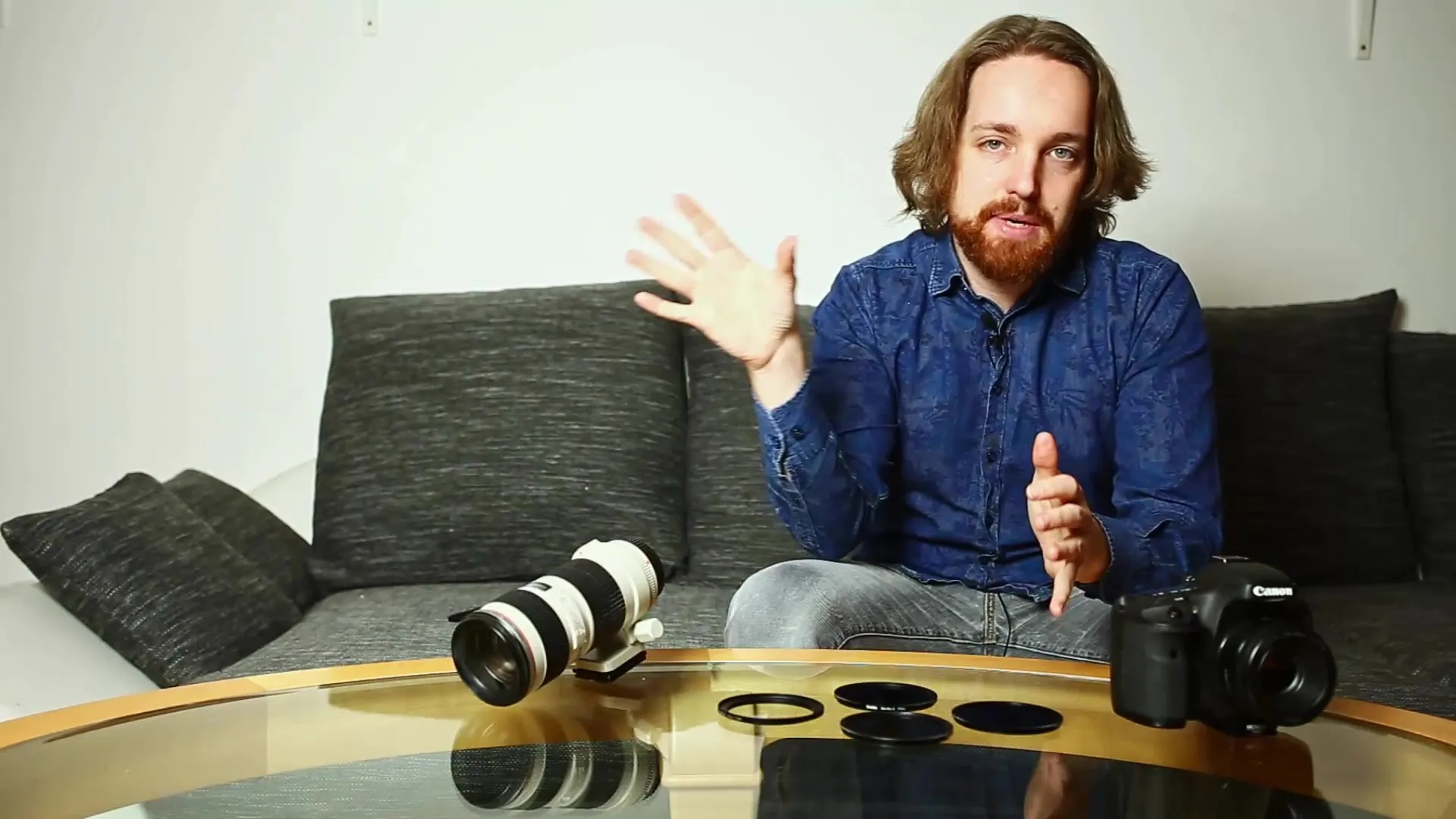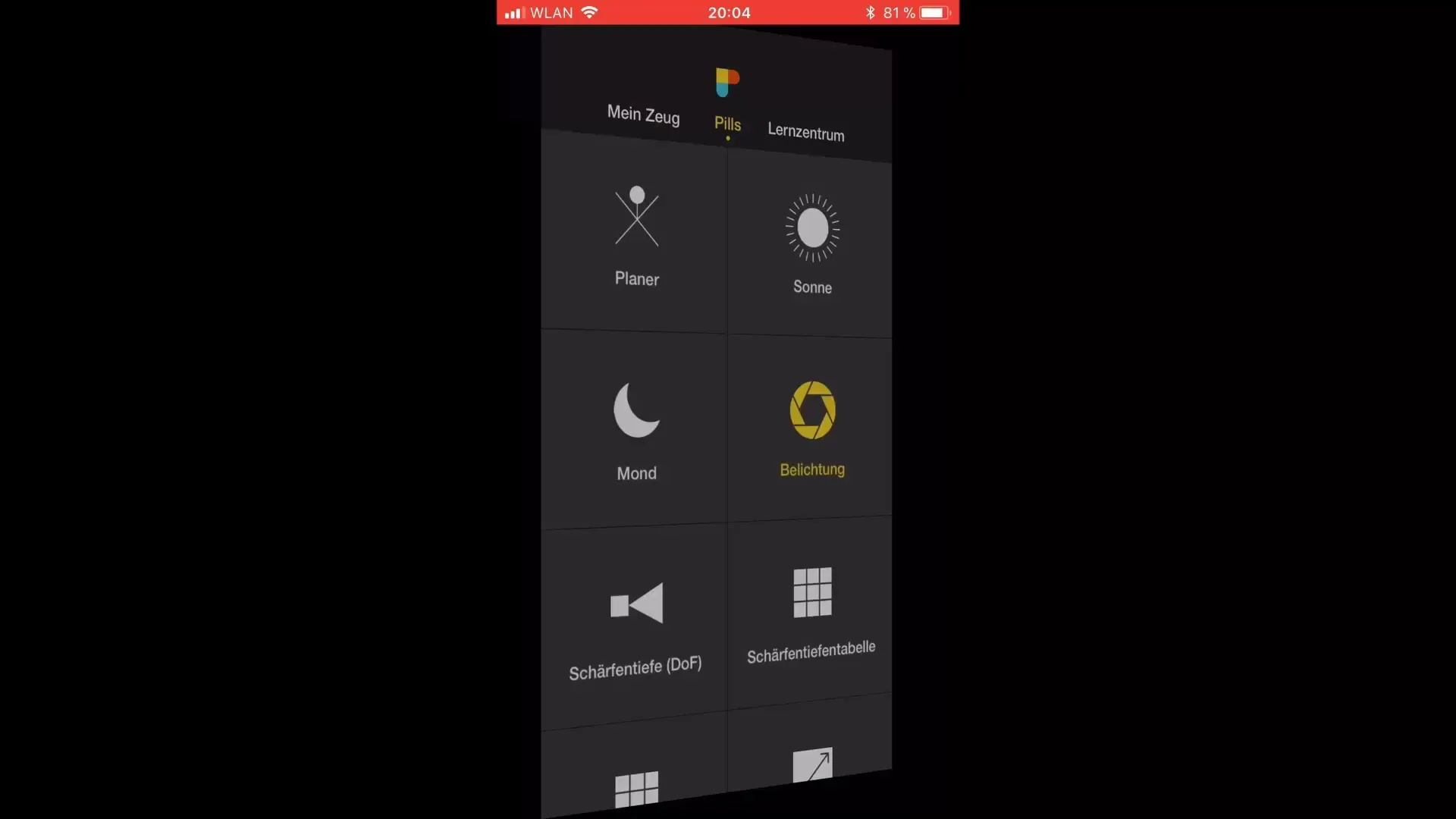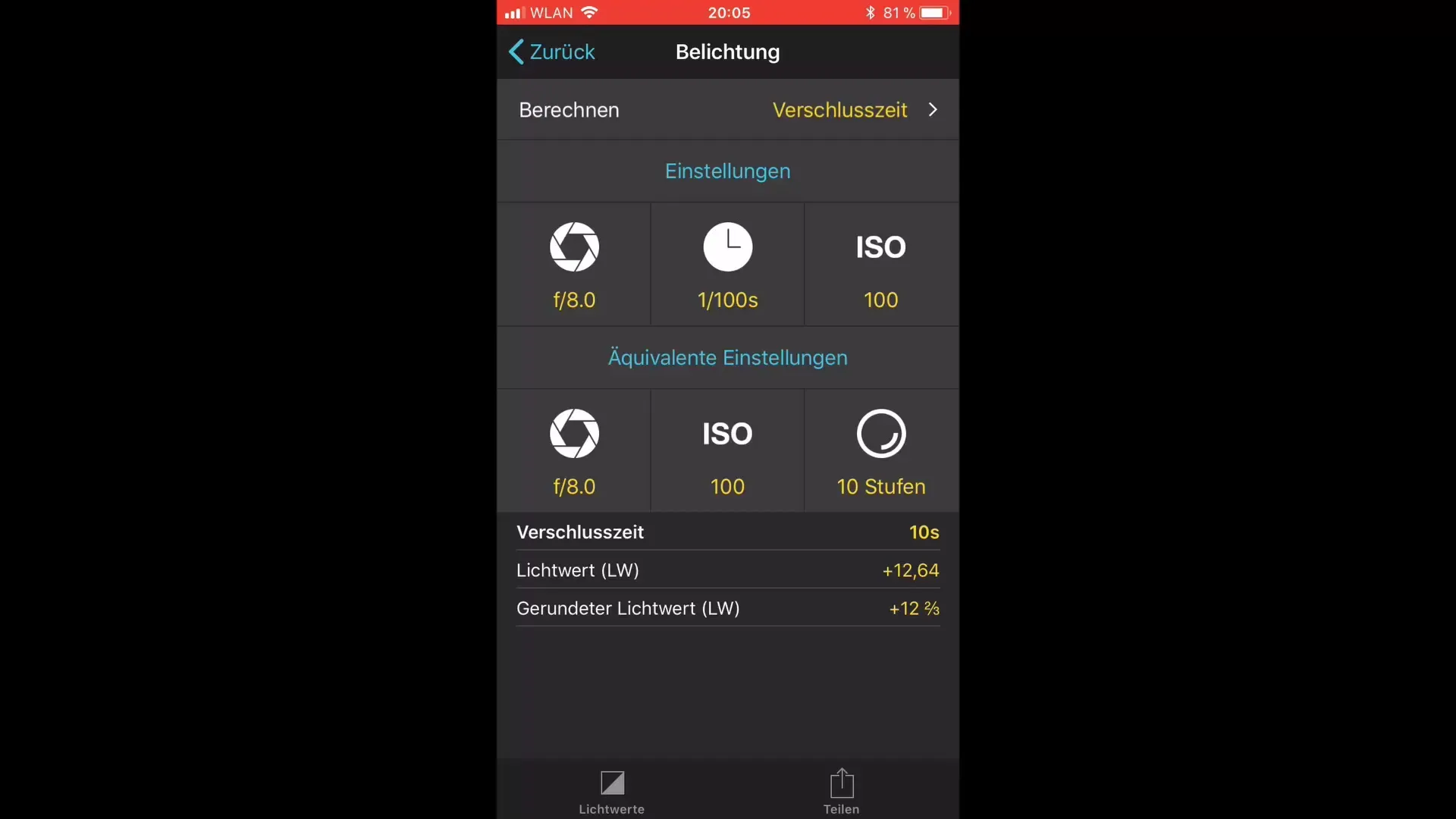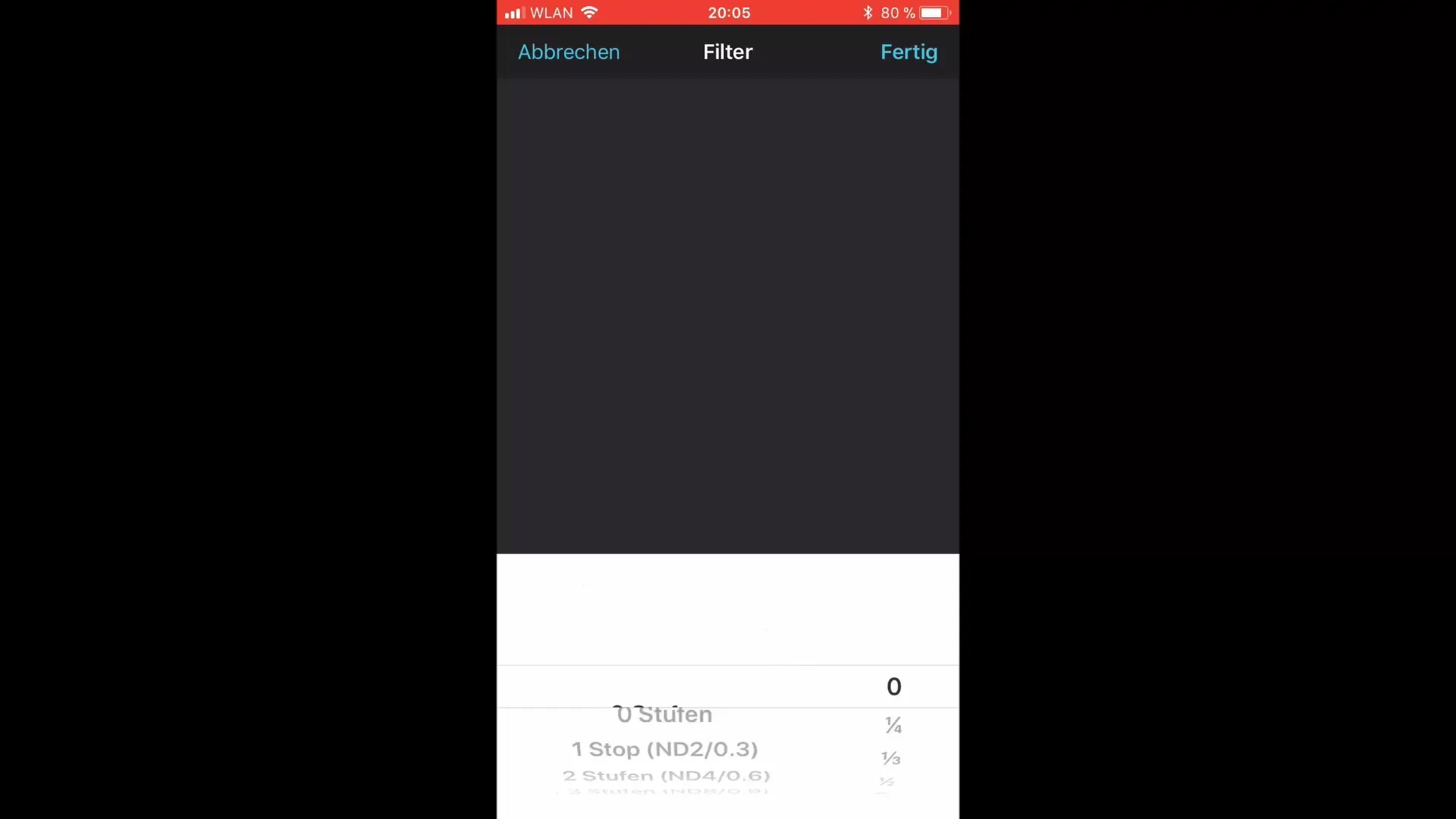Long exposures open up breathtaking possibilities in photography. To achieve optimal results, a correct understanding and calculation of exposure times is essential. In this tutorial, you'll learn how to effectively use neutral density filters and how to calculate your exposure times precisely with the help of apps.
Key Insights
- Neutral density filters influence the exposure time and must be taken into account correctly.
- There are both tables and apps available to determine the exposure times when using neutral density filters.
- The app "Photoils" is a handy solution for easy calculation of exposure times.
Step-by-Step Guide
Step 1: Understand the Basics
Before you start using neutral density filters and calculating exposure times, it's important to understand the basics. Neutral density filters are available in various strengths and reduce the amount of light that hits your camera's sensor. This allows you to use longer exposure times without overexposing the image. For example, if you are working with a 64,000x neutral density filter, calculating the new exposure time isn't straightforward in your head.

Step 2: Using Tables
A way to calculate exposure times is by using exposure tables. These tables list the most common neutral density filters and their corresponding exposure times. You can print these tables and carry them in your camera bag for quick reference when needed. This is especially useful on the go when you don't have an app available.
Step 3: Using Helper Apps
An even easier way to calculate exposure times is by using an app. I recommend the app "Photoils," which is available for both iOS and Android. This app allows you to quickly calculate exposure times and input different neutral density filters, ensuring you always get the precise exposure time.
Step 4: Getting Started with the App
Once you have installed the app, open it and you will arrive at the main menu. There, select the "Exposure" option. Here you can choose the shutter speed you wish to calculate. Below the selection, you can then enter your camera settings that apply without the neutral density filter.

Step 5: Entering Base Data
To calculate the new shutter speed, you need to enter some base data. Assume you choose an aperture of 8, a hundredth of a second, and ISO 100 as your desired settings. These values provide the basis for calculating the new exposure time.

Step 6: Selecting a Neutral Density Filter
In the next step, you will select the neutral density filter you wish to use. You should ensure that the aperture and ISO values match the values you entered earlier. In the list, you can now select your specific neutral density filter, in this case, for example, a three-stop filter.

Step 7: Obtain the Exposure Time
After selecting the filter, the app will show you the new delay based on your originally set shutter speed. For instance, if you select an ND0.9 (three stops), the new shutter speed is displayed, which is now much longer than the original time.
Step 8: Trying Out Other Filters
When trying out different filters, you can quickly and easily see how the exposure time changes. If you choose the ten-thousand-fold ND filter, you'll receive a new shutter speed indicating how much longer you need to expose. With "Photoils," it's effortless to capture this data.
Step 9: Relaxed Photography
By using this app, you can be more relaxed during your shots, as you can quickly handle the calculations yourself. This way, you have more time to focus on the creative side of long exposure photography while searching for the best subjects with your camera.
Summary - Mastering Long Exposures: Neutral Density Filters and App Usage
The calculation of exposure times when using neutral density filters is crucial for success in long exposures. By applying tables and smartly using the "Photoils" app, you can quickly and effectively determine the right exposure times. Get ready to go outdoors with this valuable support to make your first long exposures and capture creative, impressive photos.
Frequently Asked Questions
How do I choose the right neutral density filter?The choice of neutral density filter depends on the conditions and desired effects.
Where can I find the app "Photoils"?You can find the app in the iOS App Store or Google Play Store.
Can I use the table for other photography projects?Yes, the table is a general aid and can also be useful for other photography projects.
Are there alternatives to "Photoils"?Yes, there are several apps for calculating exposure times, but "Photoils" is user-friendly and reliable.
Why are neutral density filters important?Neutral density filters help control the amount of light and allow for longer exposure times without overexposure.


